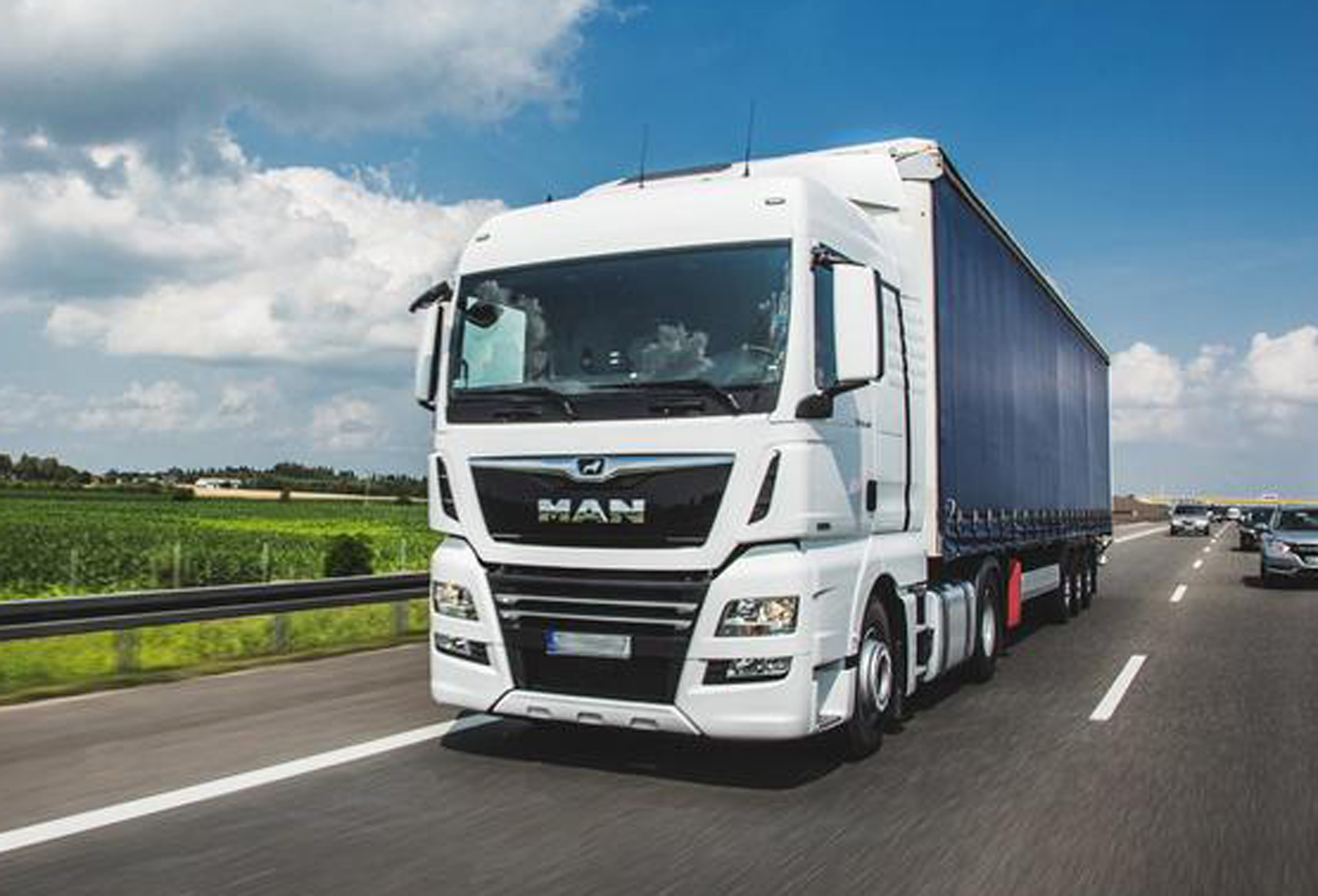Aspiring HGV drivers often wonder about the realities of their profession. This is understandable, as many newcomers to the industry find it difficult to envision the day-to-day tasks associated with driving a HGV. Unlike office jobs, the life of a HGV driver can seem unfamiliar and daunting. Therefore, it’s crucial to have a clear understanding of what the job entails, a typical day in the life of a driver, and the overall experience of being an HGV driver. Our goal is to provide you with the necessary information to make an informed decision.
The Training
To obtain an HGV driver’s licence, you must undergo training that includes instruction on road safety, HGV safety, a health assessment, and hands-on driving skills. Additionally, you will learn about the intricacies of HGV driving as a profession. While we won’t delve into the specifics of HGV training in this instance, we have covered the topic extensively in our previous blog posts. We recommend referring to those for a more detailed understanding. As for the cost of HGV training, it varies based on individual needs. Therefore, we encourage you to reach out to us for a personalised discussion.
Your Average Day
Before commencing your daily duties as an HGV driver, it is crucial to conduct thorough vehicle checks. Despite the regular use of your HGV, taking the time to ensure its safety and proper functioning is essential. These checks involve examining tire pressure, identifying any damages, ensuring appropriate fluid levels, and verifying that no unauthorised individuals have accessed the vehicle. Although the latter may seem trivial, it is a significant concern, particularly when driving on the road. Therefore, conducting criminal activity checks is a vital responsibility within your role as an HGV driver.
After ensuring that the vehicle is in proper condition, the next step is to begin the loading process. This is a crucial aspect of an HGV driver’s routine, although the specific procedures vary depending on the employing company. Some companies may require the driver to personally load the HGV with the goods, while others may provide assistance or assign dedicated workers for this task. In order to perform this duty, comprehensive training is provided on the proper lifting techniques for heavy loads, as well as the operation of any necessary equipment.
Being an HGV driver involves a significant amount of time spent on the road. Once you have completed your checks and loaded your vehicle, you have the freedom to control your own schedule. In this role, you are your own boss, allowing you to take breaks or stop for meals as needed. You have the flexibility to appreciate the scenery at a leisurely pace, and if you become fatigued, you can take a break and get some rest. During a 9-hour shift, you have 8 hours that are entirely yours. However, it is important to adhere to regulations regarding the number of hours you can drive within a 12 and 24-hour period, which is the main limitation of this position. The C1 driving licence course takes 4 days of training. With a Category C1 license, you will be eligible to drive an LGV weighing between 3,500kg and 7,500kg. You can also add a trailer weighing no more than 750kg.
When you reach your destination, the next step is unloading. This involves the reverse process of loading, where you assist the customer in placing their products in their desired location within the warehouse. Depending on the job, you may have to make a return delivery by loading another set of goods onto the HGV before heading back home. However, in some cases, there won’t be a return delivery, and that will mark the completion of the task.
Comparing Extended Trips to Brief Excursions
When deciding to pursue a career in the transportation industry, one crucial factor to consider is whether you opt for long-haul driving or short-haul driving. Short-haul drivers typically concentrate on shorter trips within the UK, whereas long-haul drivers primarily operate on an international level, transporting goods across different countries. This choice between long-haul and short-haul driving is among the significant distinctions in this field.
Short-haul drivers typically adhere to a similar routine as described above. Although their working hours may be lengthy or unconventional, they usually have more opportunities to spend time at home or conveniently return home between shifts. Typically, they handle one delivery per day, and while their routes may occasionally involve cross-country travel, the distances covered are considerably shorter compared to long-haul drivers.
In the context of long-haul driving, individuals are often tasked with fewer actual deliveries while still maintaining the same amount of time behind the wheel compared to short-haul drivers. As a long-haul driver, it is essential to possess a deeper understanding of border regulations and international shipping, particularly now that the Brexit rules have been fully implemented. Given the consistent demand for long-haul drivers, this career path could be a favourable choice for individuals who are comfortable spending several consecutive days on the road, with intermittent breaks between each assignment.

